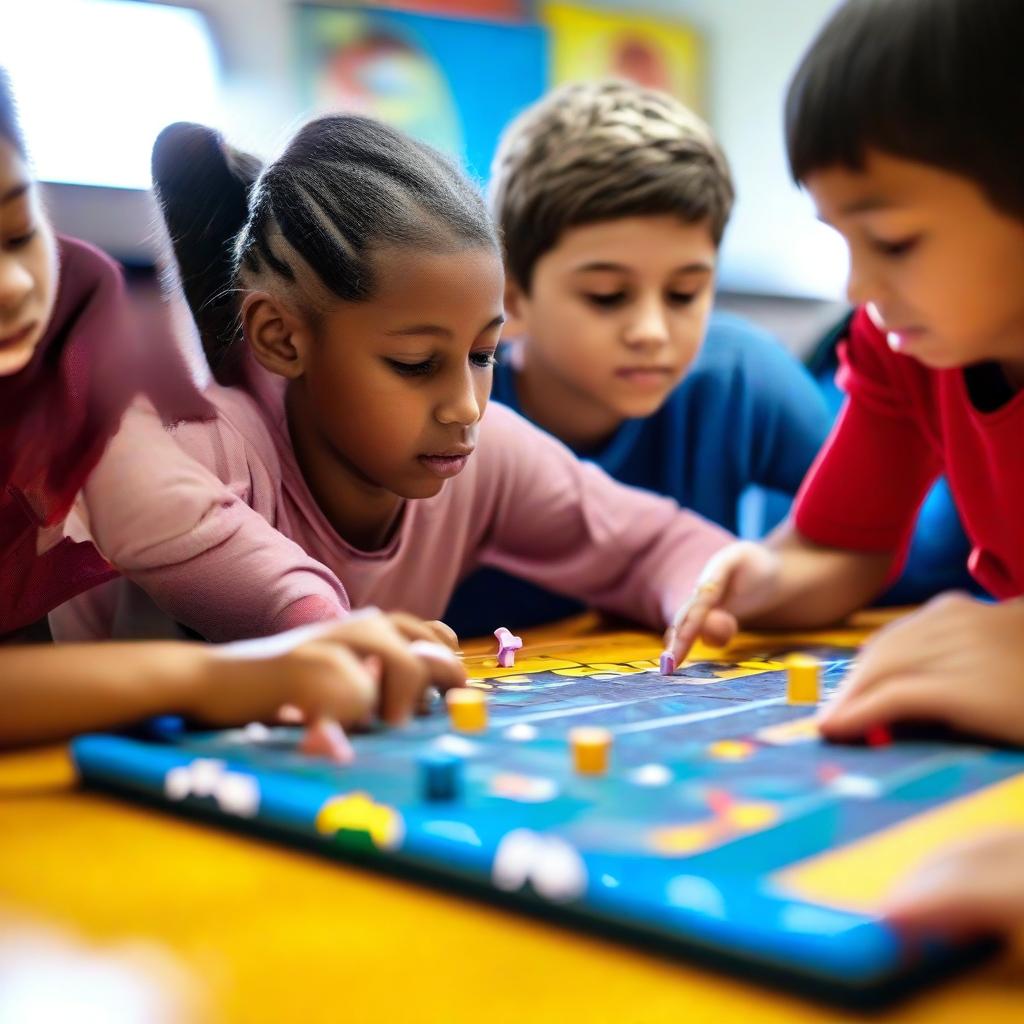Generative AI: the benefits, dangers, and unknowns…

There are questions that arise from Kindergarten to University about AI. What is okay to use it for, vs. what is not okay? How do you control the usage? Will this diminish learning? What impacts will this have on the environment? What are the security concerns? How can you tell what is fact or fiction?
(Image generated on Ninja AI)
Possible uses for using AI in a sixth grade classroom:
Generating ideas for projects
If students are stuck on a project and are having troubles beginning, AI can be a helpful tool to get started. Even if a student doesn’t directly take an idea from an AI tool, it can help them become inspired and alter certain ideas to suit them better.
Criticizing and analyzing responses
There can be an interesting lesson on the importance of fact-checking and using credible sources. As an exercise, students can ask ChatGPT a question on a topic that they already have background knowledge on and analyze how accurate AI’s answer is. This can be done through additional research on the topic and students can be challenged to pinpoint the flaws in the generated answer.
Providing feedback for assignments
Before submitting an assignment, students can ask AI for guidance on how this can be improved. Ideally, this would be done by a peer or teacher, as this helps develop the other students’ abilities at the same time, but asking AI is a good strategy if no one else is available, or if there is an issue with time.
Increased learning opportunities
Asking AI for clarification, summaries, or additional learning activities can provide additional opportunities for the students to learn. In this case, students need to be the ones doing the work, it isn’t AI answering the question for them. For that reason, it is a helpful tool, it isn’t hindering the learning process. Some examples of ways this could be used are:
- Ideas for math games
- In-depth explanations for questions (the student can follow along)
- Summaries of long texts to improve understanding
- Study guides (likely more useful for older grades)
- Additional practice questions
In my opinion, these strategies are useful AI guidelines from middle school and onwards. Using artificial intelligence in elementary school could be harmful for students, as it can be used as an easy way out of assignments, something that should not be taught from an early age. That being said, the uses I outlined above can prove to be very useful. Though I do not regularly use AI, I can imagine that it would be very useful for University students as well.
Example: AI’s math game for a sixth grader

Math Game: “Math Quest”
Objective:
To practice and reinforce math skills in a fun, engaging way.
Materials Needed:
- Deck of cards (remove face cards, use numbers 1-10)
- Whiteboard and markers (or paper and pencils)
- Timer (optional)
- Small prizes (stickers, pencils, etc.)
Setup:
- Divide students into small groups of 3-4.
- Each group gets a set of cards and a whiteboard or paper.
How to Play:
- Draw and Solve:
- Each team takes turns drawing two cards from the deck.
- The first card represents a number, and the second card represents an operation:
- If the second card is even, perform addition.
- If the second card is odd, perform subtraction.
- Write the Equation:
- Students write the equation based on their drawn cards (e.g., if they draw a 4 and a 7, they would write “4 + 7 = 11” or “7 – 4 = 3”).
- Check and Score:
- Other teams check the equation. If it’s correct, the team scores a point.
- For extra challenge, students can also create a word problem based on the equation they wrote.
- Time Limit:
- Set a time limit (e.g., 1 minute) for each group to draw their cards, write their equations, and discuss any word problems.
- Continue Rounds:
- Rotate turns among groups, continuing for a set time (e.g., 20-30 minutes).
- Winning:
- At the end, the team with the most points wins a small prize.
Variations:
- Advanced Operations: Introduce multiplication or division for older or more advanced students.
- Real-World Problems: Encourage teams to come up with real-world scenarios based on their equations.
This game promotes teamwork, quick thinking, and a fun way to practice math skills!